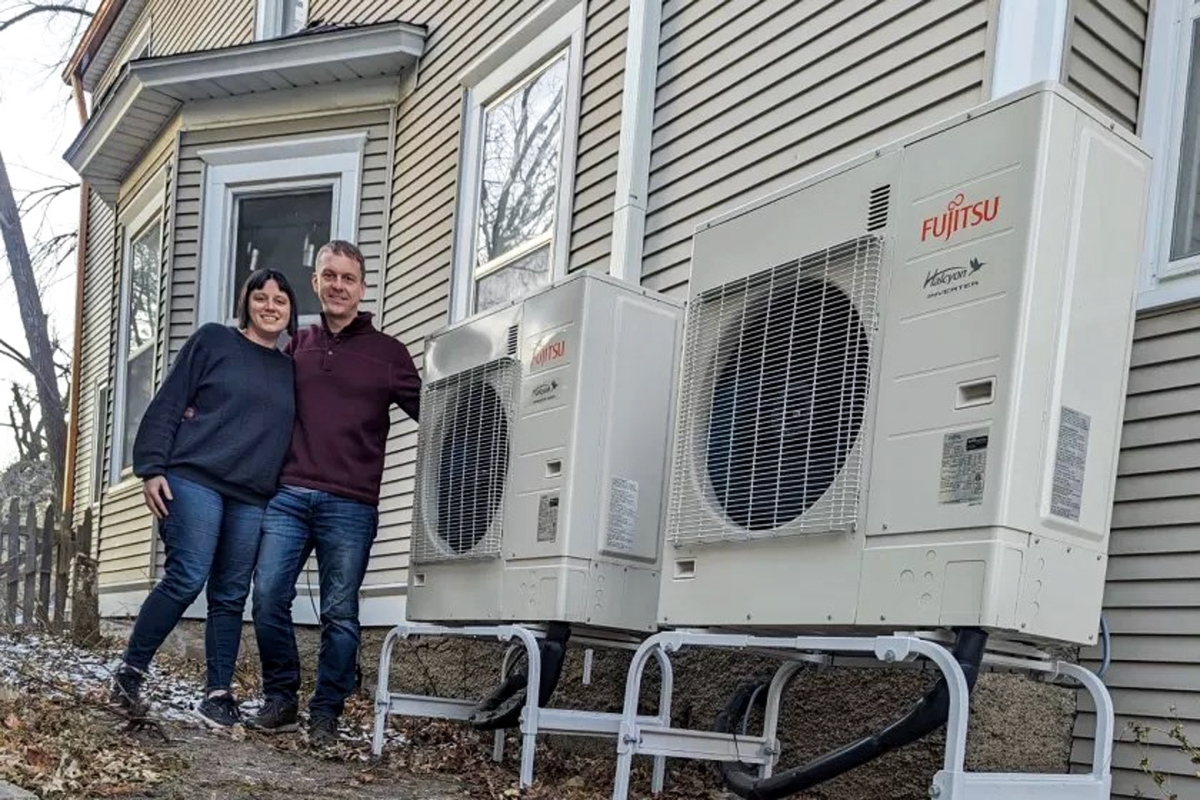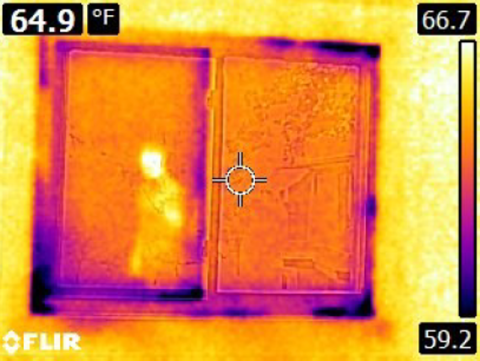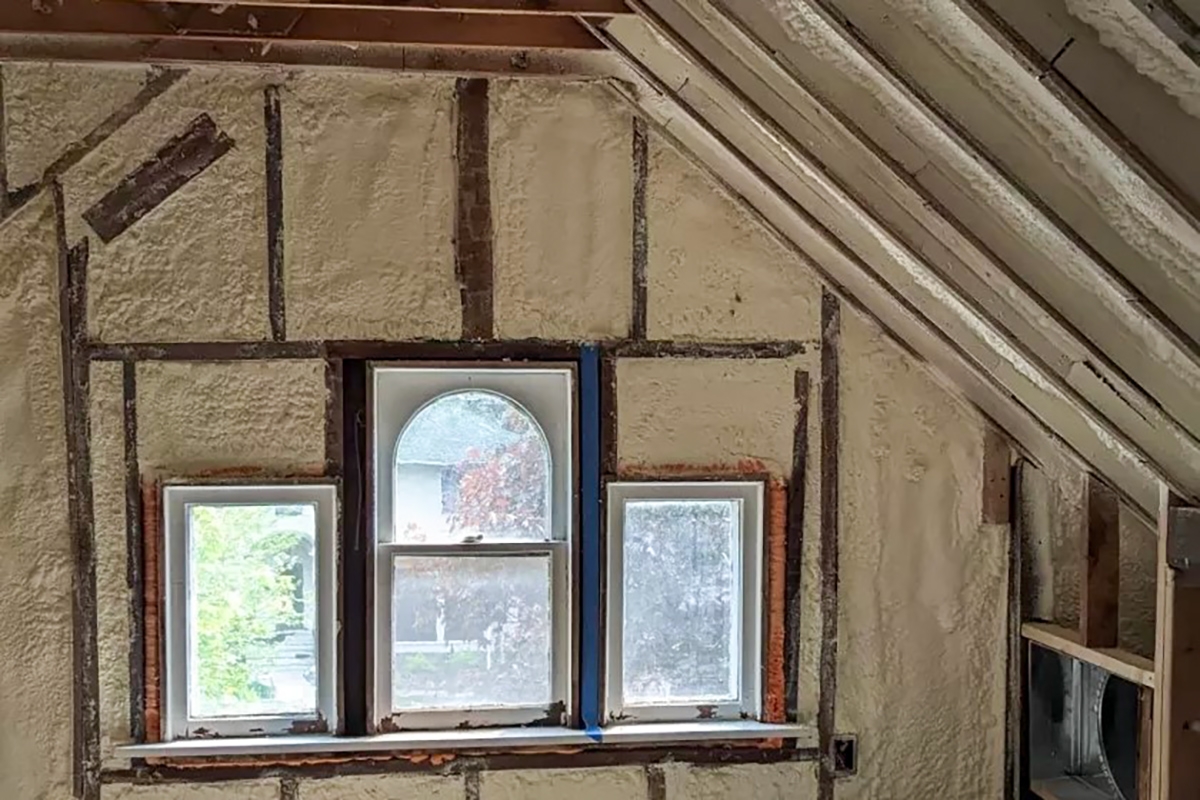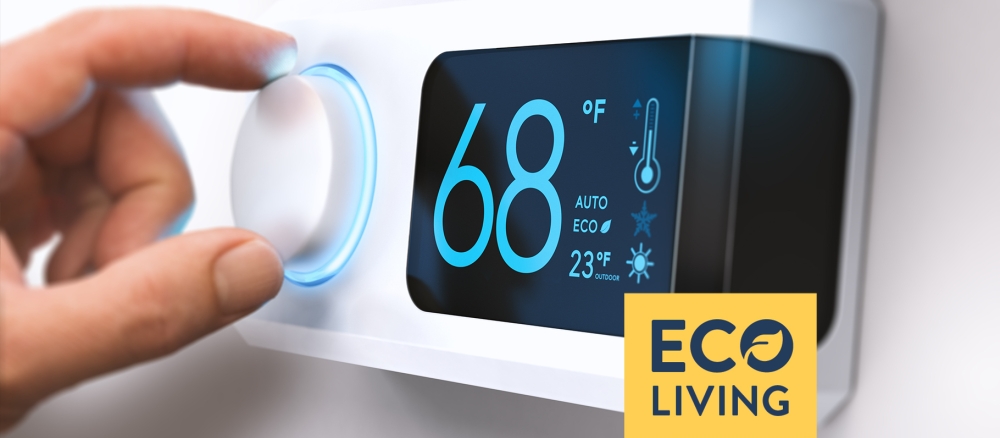Whether you own or rent, weatherization isn’t out of the question
It’s the time of year when cold winds blow down from the north, drafts start appearing everywhere in the house, and the tug-of-war over the thermostat setting gets real. Money seems to fly out the window as the gas and electric meters spin, and you wonder if any amount of winterproofing will help keep your home warm.
Whether a full home renovation is in the cards or if you’re just looking to tighten up your place on a budget, many solutions exist to hold on to the heat you’re paying for and to reduce your home’s impact on the environment.
Why should I winterproof my home?
According to the MPCA’s most recent greenhouse gas (GHG) emissions inventory report, GHG emissions from Minnesota’s residential buildings have increased by 38% since 2005 and now account for 8% of Minnesota’s net greenhouse gas emissions. That increase not only hampers Minnesota’s goal of reducing GHG emissions to net-zero by 2050, it also contributes to disruptions in Minnesota’s climate that lead to warmer, wetter, and less stable weather.
Most of those residential sector emissions come from burning natural gas in furnaces, water heaters, and clothes dryers. According to the Minnesota Commerce Department’s Division of Energy Resources, about 70 percent of a typical Minnesota home’s energy use goes toward heating, air conditioning, and water heaters.
Combine that with the fact that most existing buildings in Minnesota pre-date current efficiency standards, and it’s easy to see why Minnesota’s Climate Action Framework calls for making buildings more efficient, cheaper to operate, and less polluting.
“Weatherization and home electrification can significantly reduce residential emissions, especially as our electricity grid moves to 100% clean energy sources by 2040,” said Faith Krogstad, the MPCA’s climate and energy coordinator.
How do I get started?

While not everybody can tackle a full renovation with winterproofing in mind, Kristin Mroz, a co-director of the MPCA’s GreenStep Cities and GreenStep Tribal Nations programs, could do just that with her 1909 Saint Paul house, and much of what she and her husband learned could apply to many Minnesotans.
Mroz’s house was one of the many across the state that didn’t meet current energy efficiency standards when she and her husband, William Risse, bought it in late 2022. The house had last seen a major renovation in the late 1970s, and it had an inefficient natural gas boiler system.
“We knew that it needed some remodeling and we wanted to update the HVAC system to be more energy efficient,” Mroz said.

Before lifting a hammer, though, Mroz and Risse had a complete energy audit done on the house. Energy audits give residents a personalized road map toward energy savings in their homes by identifying specific actions with the biggest impact. The results are not always what you’d expect.
Mroz said what surprised her the most from the energy audit was that the windows – a mix of original single-pane glass and later double-pane glass, some with and some without storm windows – were relatively efficient. Infrared imaging, however, showed that the areas around the windows had excessive air leakage.
“Turns out, that is where most of the issue is when you feel drafty windows,” she said.
Sealing around the windows with caulk and foam and adding storm windows not only solved the issue, it also saved her the expense of replacing windows, which freed up budget for spray foam insulation and a new whole-house heat pump system.

Mroz said she also found the energy audit necessary to apply for tax credits and rebates that offset the overall cost of the renovation.
What if I can’t do a full renovation?
As noted in Minnesota’s Climate Action Framework, the upgrades needed to make homes more efficient are often expensive and a disproportionate burden to people with lower incomes. People who rent their homes or apartments often can’t access the same opportunities as homeowners either. But that’s not to say they can’t improve energy efficiency and lower their heating bills.
Call them hacks, tweaks, or just good advice, pretty much everybody can try these steps:
- Schedule a furnace tune-up to make sure it’s running as efficiently as possible. If your furnace has a filter, clean or replace it monthly or according to the manufacturer’s recommendations.
- Turn your thermostat down at night or when you leave the house. Consider getting a programmable thermostat.
- Add an insulating blanket to your water heater and pipe wrap on the hot water lines to your faucets.
- Cover any bare floors to retain heat.
- In the winter, open the shades on your south-facing windows during the day to capture the sun’s heat. Close all your shades at night to prevent heat loss.
- Install insulating gaskets behind outlet covers and switch plates, especially on external walls to prevent air leaks.
And it’s never unfashionable to wear a pair of fuzzy slippers around the house, especially if they keep your feet warm.
Who can help with weatherizing?
You don’t have to navigate the winterproofing process alone, either. Many programs offer energy audits and help connect people to the right services for their homes.
The Minnesota Department of Commerce’s Weatherization Assistance Program conducts free home energy assessments for qualifying households and provides free home energy upgrades to income-eligible homeowners and renters across the state. It also offers the Home Energy Guide, which provides detailed information on energy efficiency throughout the house.
Guides for energy efficiency and other topics like geothermal, solar, and rebates are available through the Clean Energy Resource Teams.
Your utility company may also provide energy-savings programs at low or no cost.
- Xcel Energy/CenterPoint Energy Home Energy Squad
- Great Plains Natural Gas Co. residential incentive programs
- Greater Minnesota Gas home energy audit
- Minnesota Energy Resources in-home energy-saving audits
- Minnesota Power home energy support
- Otter Tail Power Co. home transformer assessment
Keep in mind too that home winterproofing is a process. You may not see a drastic difference this winter, but with each upgrade you’ll make your home warmer, you’ll put more money back in your wallet, and you’ll reduce your home’s planet-warming emissions.
